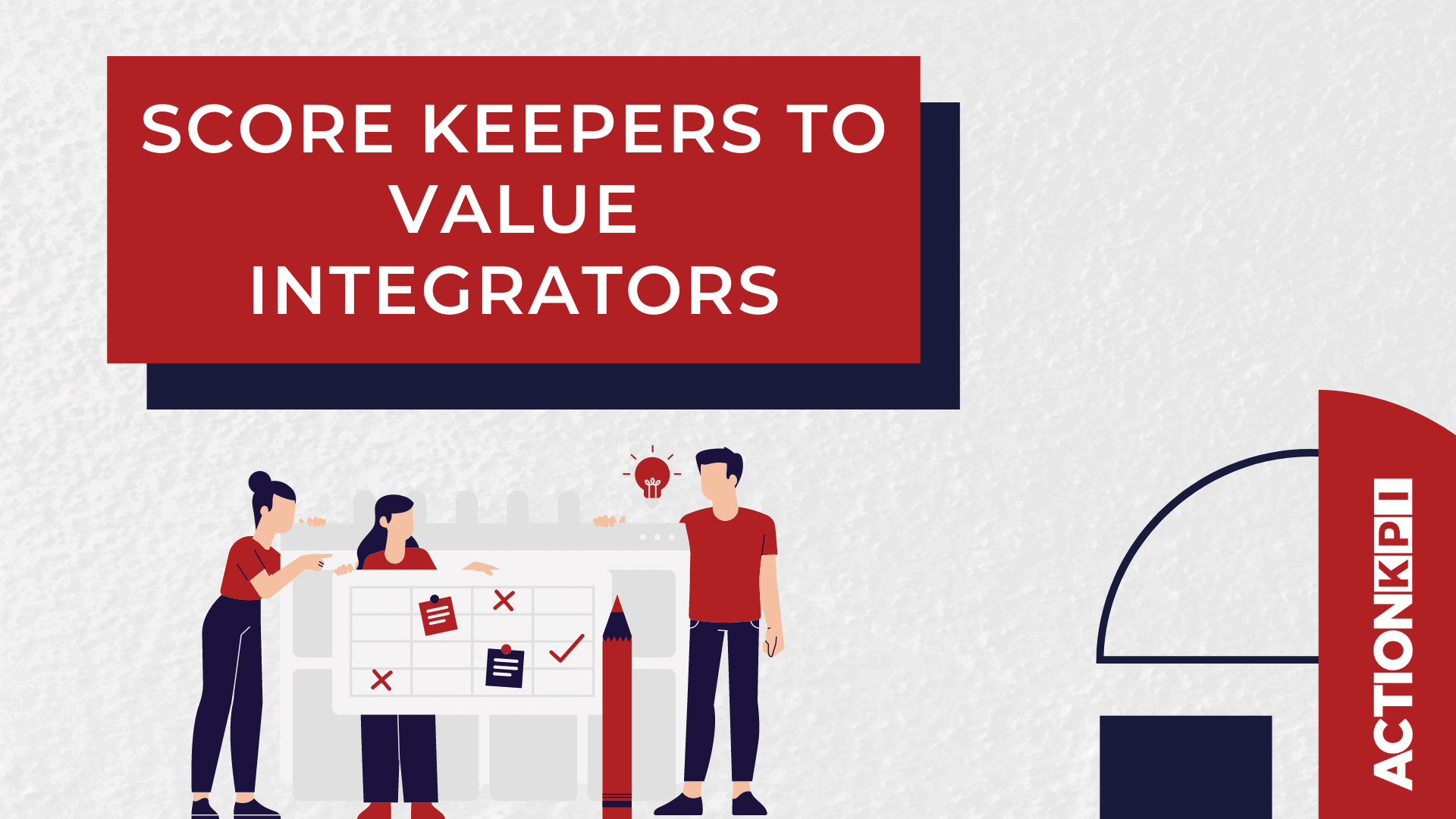
In my last article, I shared the 6 common challenges I found finance leaders are experiencing when it comes to planning, budgeting, and forecasting. Ultimately, this means finance is stuck trying to “keep the score” and their ability to drive transformation and performance initiatives is limited. If you haven’t read it, please check it out here.
I thought I’d expand on this and lay out key steps that we’ve found enables finance to overcome some of these challenges.
New technology is often the driver that initiates the change, but the danger is that it becomes the silver bullet that solves the problem, aka “the solution”. It’s important to recognize that before going out and implementing the latest and greatest technology, hoping that it will fix your problems, there are other crucial steps to consider. Technology is essential to help facilitate change, but it’s not the only key driver in the entire process, in fact, it is highly likely to fail if people, culture, and processes aren’t all aligned.
Score Keepers to Value Integrators
The first step in driving performance initiatives and financial transformation is evaluating your finance team. Finance leaders must understand who possesses the right skillsets, knowledge, and expertise to execute a project, and ensure it becomes part of the fabric of the day-to-day business. Just as important as evaluating the right individuals, leaders must also assess those who might derail your organization’s journey (consciously or otherwise).
People’s performance drives organizational performance. Bold leadership is required to establish accountability, the right culture, and develop a team that has a forward-looking mindset, as well as the analytical skills to help influence decisions. Creating the right environment to allow each individual to flourish and achieve these skills is a major stepping stone to driving real performance.
We find that for performance initiatives to succeed, the culture must allow for mindset growth to deliver a better practice than what’s currently in place, ultimately driven by the confines of Excel.
Common examples we often see in financial planning technology implementations are hard-coded or excessive customizations to enable the software to perform actions that were previously done in Excel. Typically, this isn’t the best practice in the software and demonstrates limited knowledge of how best to deliver the outcome.
The outcomes are inflexible solutions, that don’t just miss out on the huge benefits software should deliver but also risks defeating the purpose entirely by leaving finance with a solution more complex than Excel with little discernible benefits. The result? Reverting to Excel.
Therefore, to guarantee a successful rollout of any performance initiatives, leaders must also assess internally and identify any cultural warning signs that could threaten the success of the project. This ensures the team has a healthy culture that focuses on thinking outside the confines of Excel and directs them to “finding a better way”.
We see this as the difference between Scorekeepers and Value Integrators. The good news is some warning signs can be identified in advance. Here are three of the ones I most often see:
1. Cost Cutting Mindset vs Value Add Investment – Constant focus on ways to cut costs that directly affect the bottom line, leaving organizations at a stalemate, inward focused, not evolving or growing. Organizations that invest wisely in value-creation through their people, training, technology, and performance initiatives see a real positive impact on their bottom line.
2. Finance is Transactional – For example, 80% of month-end is spent consolidating and checking spreadsheets, and 20% on analysis. Rather than it being flipped around where insight and direction to the business can be far more effective. In transactional cases, I have found that finance is not a partner in the strategy of the business, but a back-office function.
3. Backwards Looking – Lagging indicators tell only part of the story, actuals without a rolling forecast can’t give a true view of what the year will look like. This happens when financial performance reviews only focus on backward-looking information and results against the annual budget rather than continuous monthly forecasts and the ability to scenario plan and deliver what-if analysis on the fly. This happens without having the time to focus on value-added analysis and a culture in finance that isn’t optimized, typically lacking investment in the right training, technology, and process to create a forward-looking mindset.
In most organizations, finance must be the driver behind the performance agenda. They have the financial data platform and knowledge to analytically assess and drive performance. However, any framework, process, or initiative is pointless unless key stakeholders have the right skills, expertise, and mindset to drive finance efficiency and effectiveness.
Here’s what we suggest:
- Design and deploy a multi-faceted training strategy that incorporates:
-
-
- Training to enhance the expertise of the finance team, allowing them to work as partners to the business to better communicate insights, driving cohesion and collaboration across departments.
- Training that changes the mindset and ensures technology changes empower the team to work beyond the shackles of Excel, enabling the process change to stick and create new habits.
- To ensure finance remains more progressive, training plans must not be a one-off investment, but a continuous learning journey.
-
-
- Deploying the Finance Business Partnering strategic framework to begin the process of finance moving away from being a back-office function and becoming connected to each business unit. Enabling your team to be more forward-thinking and provide insights to drive value-added activity. This is a stepping stone to transitioning to Integrated Business Planning and evolving your team to become true Value Integrators.
- Incorporate wider data sets to expand from a purely financial focus to a more holistic view of business performance, allowing finance to work with the business to seek out a broader set of business drivers that influence performance and profitability.
- Give finance a drill-able, visual data model that allows better collaboration with stakeholders, guiding them through key metrics down to the detail, better connecting the dots between finance and operations.
Implementing these changes moves finance toward the role of Value Integrators, but a clear framework to support this is required, which I’ll explore in my next article.
These articles are inspired by my experiences working with finance leaders and the research that has made up The Profitability Architect’s Playbook.

